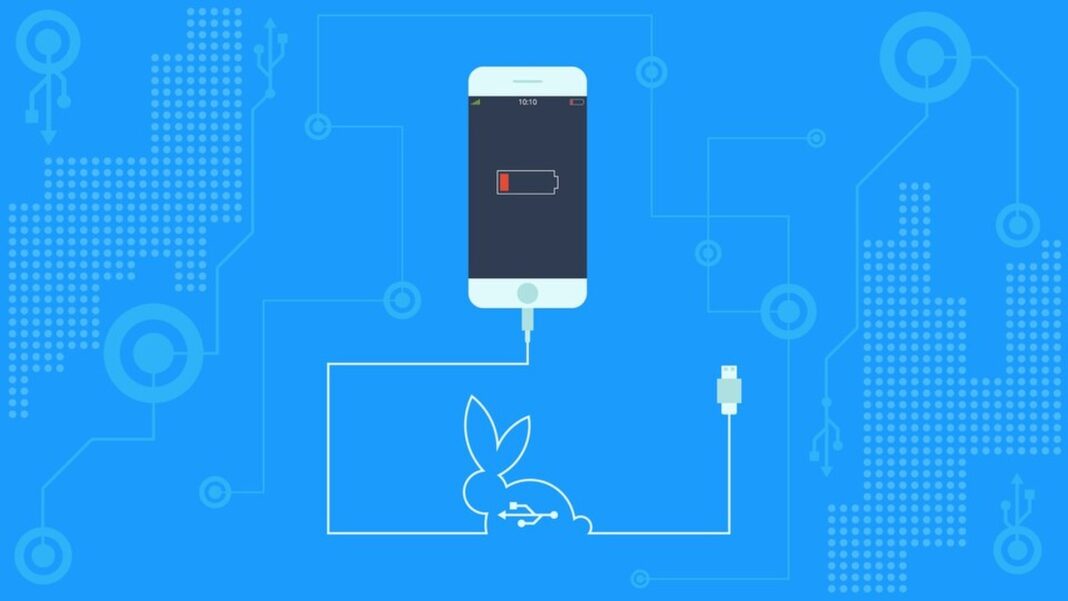Computer history is fascinating and transformational. From enormous machinery to elegant smartphones technology has evolved. Explore the development of computers to appreciate our progress. This growth has greatly affected our work, communication and everyday lives.
The Early Days A Brief History Of Computers
The history of computers begins in the mid 20th century. The original computers were huge task specific devices. They occupied big rooms and required a lot of electricity. ENIAC and other early computers were processed using vacuum tubes. Complex hardware expertise was needed to program such devices.
As technology advanced transistors appeared. This invention made computers smaller, quicker and more efficient. Businesses started using computers in the 1960s. They facilitated computations and data processing changing industries. Integrated circuits in the 1970s greatly downsized devices.
In the late 1970s personal computers appeared. Apple and IBM released consumer computers. Home computers were conceived. This change made computers inexpensive and accessible to everyone. Advances accelerated in the 1980s. Users could utilize computers more naturally with DOS and Windows.
As time went on computers evolved. They now combine strong hardware and intelligent software. Their history shows humanity’s search for efficiency and knowledge. Understanding this history is crucial to understanding technology today.
From Room Sized Giants To Personal Desktops
Computers have grown beyond their room sized roots. Early machines occupied rooms and needed specialists. These titans pioneered computers. They ran on vacuum tubes and complicated circuitry. Over time technology made these instruments smaller and easier to operate.
The late 1940s transistor innovation altered everything. Compared to vacuum tubes transistors were smaller, cheaper and more dependable. Compact machine design began here. The 1960s saw firms produce more efficient parts. Thus computers shrank from room sized monsters to manageable proportions.
The early 1970s saw the revolution of microprocessors. It started with personal computing. Personal computers were pricey initially. They eventually grew cheaper. Key models were the Altair 8800 and Apple’s first computer. Personal computers grew in popularity.
As the market grew producers prioritized accessibility. In 1981 IBM introduced the PC which defined personal computers. Its architecture ruled the market. Soon residential users saw the advantages of computers. Documenting, playing and managing funds became routine.
Desktops became ubiquitous by the 1990s. Accessibility, affordability and usefulness encouraged their broad acceptance. Design became small and attractive. Computing became crucial for employment and play. Computers‘ transformation from massive to user friendly changed daily life.
The Rise Of Laptops And Mobility
Laptops are the next big computer innovation. Portability shaped their design and operation. In the initial 1980s portable computers were bulky. They were less powerful than PCs but had benefits. Users might operate without standard settings.
As battery technology advanced, laptop usefulness increased. The 1990s witnessed a lightweight model boom. These gadgets suited businesspeople and students. They were portable due to their compactness. Working from cafes, libraries and other places was possible.
Wireless technologies have changed computers more. Wi Fi enabled internet access without wires. Freedom changed how people used technology. This tendency was fueled by remote employment and online learning. Laptops became crucial for creativity and productivity.
A huge market existed for laptops by the 2000s. They performed like desktops making them useful. Brands introduced powerful portable versions. Ultrabooks combine performance and style.
Laptops nowadays are lightweight and powerful. Graphic design and gaming are among their skills. Mobile computing has changed our view of computers. Laptops are essential for business study and recreation.
The Internet Revolution And Its Impact On Computing
The internet revolutionized computers. It changed how people used computers in the late 20th century. It started as a research network and rapidly became public. Access unleashed floodgates. Users may access and exchange data internationally.
In the early 1990s the World Wide Web changed everything. Websites opened new communication channels. Email and social media have transformed communication. Instant information access became common. This accessibility changed user priorities. Computers went from tools to global gateways.
Increased connection affected software development. Applications become services rather than tools. Cloud computing enabled internet data storage and access. Collaboration got simpler by removing geographic obstacles. Businesses soon used the Internet for commerce and customer service.
Retail changed as e-commerce grew. Convenience led consumers to favor internet buying. Increased need for user friendly interfaces. Companies that streamline online encounters. This accelerated technology to match expectations.
Internet influence on computers is obvious. New jobs arose as workflows changed. Today’s world requires understanding how computers and the internet interact. Emerging digital technologies provide new difficulties and possibilities. This technological synergy shapes our lives.
The Emergence Of Cloud Computing
Cloud computing has revolutionized technology. It innovates data storage and service delivery. Moving storage to the cloud offers unmatched flexibility. Information is accessible anywhere with an internet connection. Accessibility has transformed how organizations work.
Cloud services save organizations money. Companies no longer require considerable on site gear. Resources may be scaled as needed. This scalability helps startups and small enterprises grow. Cloud providers manage updates and maintenance. This lets companies concentrate on their primary operations.
Cloud computing improves collaboration. Teams may collaborate on shared documents remotely. Real time collaboration boosts creativity and innovation. Projects may move quickly without geographic limitations.
Security is crucial in cloud computing. Providers actively invest in data security. Multi factor authentication encryption and backups reduce hazards. Businesses must also follow data protection laws.
New opportunities emerge as cloud computing evolves. Hybrid and multi cloud methods provide flexibility. For maximum performance organizations might blend cloud environments. Contemporary corporate tactics depend on this dynamic computing technique. The cloud revolutionizes technological efficiency and accessibility.
Transitioning To Mobile And Smart Devices
Mobile and smart gadgets have changed computing. Pervasive smartphones and tablets have changed consumer behavior. Their compactness and versatility attract millions worldwide. These gadgets are increasingly used for everyday chores and communication.
The rise of mobile technologies has changed computing. Modern devices have strong CPUs and high quality screens. Former desktop tasks are now accessible. Internet browsing scheduling and streaming media are ubiquitous on mobile devices.
Application growth facilitated this change. Thousands of applications meet demands. Users have infinite productivity and social networking choices. Apps simplify life by improving functionality and ease.
Artificial intelligence in mobile devices provides another layer. Virtual assistants enable voice activated tasks. This hands free interaction promotes multitasking and efficiency. Smart gadgets are daily personal helpers.
Smart gadgets become more important as technology advances. They are an ecosystem of linked solutions, not simply communication tools. The Internet of Things IoT illustrates this transition. Internet connected devices include smart thermostats and fitness trackers. This connection improves user experiences and fosters creativity.
How Did Desktops Evolve Over The Years?
Desktops have changed greatly since their invention. Computers in the past took up whole rooms. It wasn’t easy to use and intended for corporations and specialized activities. Technology enabled smaller machines. Transistors replaced vacuum tubes compacting and optimizing computers.
The 1970s dawn of microprocessors changed everything. Home computing became possible with personal computers. DOS and Windows were user friendly 1980s operating systems. Accessibility became a priority as machines grew cheaper. Desktops became ubiquitous in homes and workplaces by the 1990s.
Rapid design breakthroughs made computers smaller and more powerful. Manufacturers improved performance and usability. All-in -one PCs are available nowadays. The combination of aesthetics and usefulness appeals to different people cementing their tech position.
What Impact Did The Internet Have On Computer Usage?
Internet use changed computer use dramatically. Originally an academic network it became public in the 1990s. This started a new computer age. Users may rapidly access massive volumes of data. Online communication and social networking grew.
Computer use grew beyond basic activities. Web browsers enabled content discovery and socialization. Email and instant messaging made personal and business communication easier. Shopping online has changed how people connect with companies.
The Internet improved teamwork and production. Cloud computing and internet applications enabled frictionless information sharing. Distance no longer hindered remote employment and online learning. This flexibility affected operations and employee engagement.
The internet undoubtedly affects computer use. It altered everyday life work and creativity. Technology shapes our world bringing innovation and new possibilities. Understanding this effect shows how interconnected computers are now.



